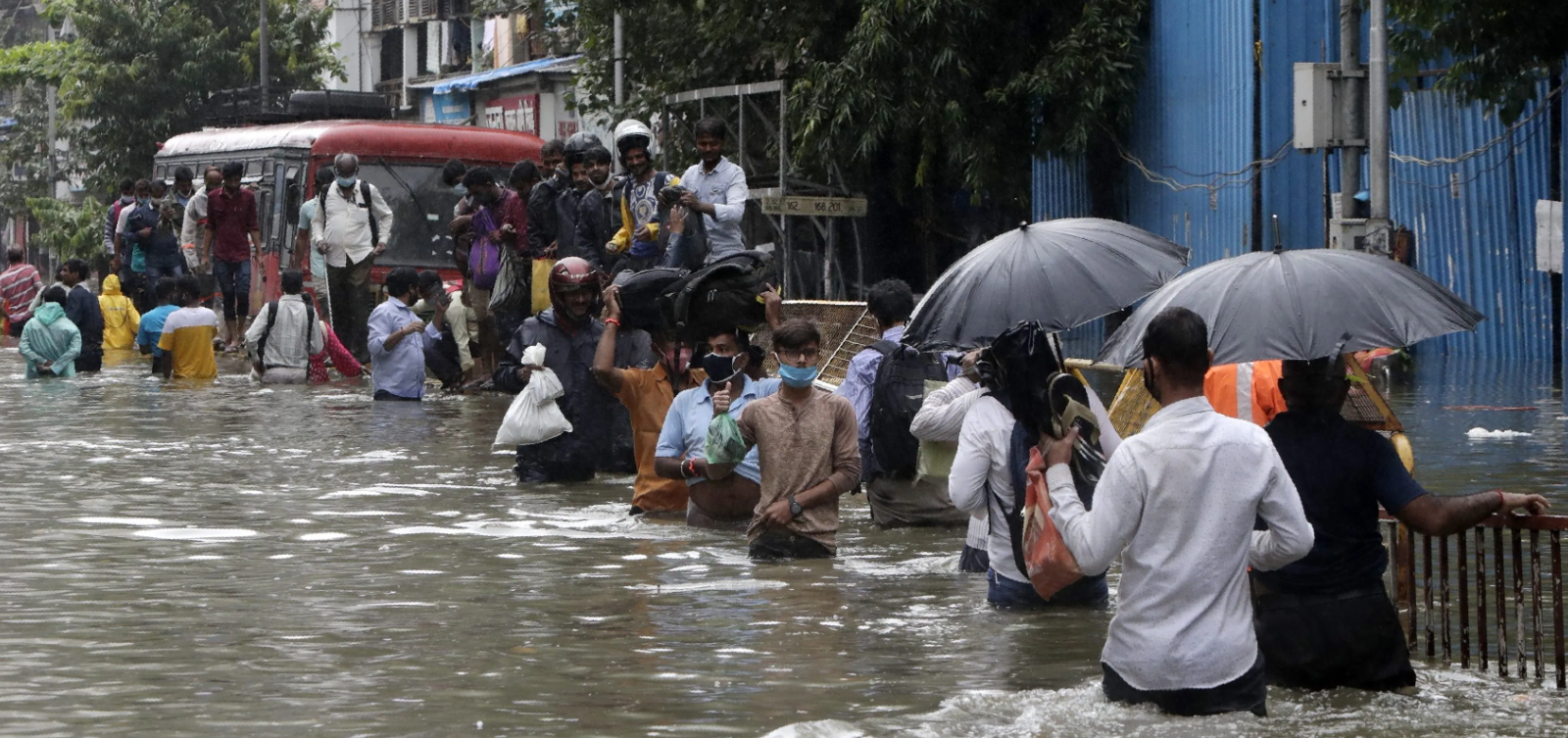In a significant development, the United States has officially recognized Arunachal Pradesh as part of Indian territory, firmly opposing any attempts by China to advance its territorial claims across the Line of Actual Control.

Background
Amid China’s protest over Prime Minister Narendra Modi’s recent visit to the frontier state of Arunachal Pradesh to inaugurate the strategic Sela Tunnel, and the subsequent reiteration of its claim to the region, the US clarified its stance. A senior Biden administration official stated that the whole is an integral part of India, and the US stands against any unilateral attempts by China to encroach upon its territory.
Strong Opposition to China’s Claims
Speaking at a daily press conference, State Department Principal Deputy Spokesperson Vedant Patel emphasized the US position: “The United States recognizes Arunachal Pradesh as Indian territory, and we strongly oppose any unilateral attempts to advance territorial claims by incursions or encroachments, military or civilian, across the Line of Actual Control.”
China, on the other hand, recognizes the area as Zangnan. Following PM Modi’s visit to the state, Chinese Foreign Ministry spokesperson Wang Wenbin asserted that China never recognized the “so-called Arunachal Pradesh illegally set up by India.” Wenbin further stated that the China-India boundary issue remains unresolved, and India has no right to arbitrarily develop the area.
India’s Stance on Arunachal Pradesh
India has consistently rejected China’s claims over Arunachal Pradesh, which Beijing refers to as South Tibet. New Delhi maintains that Arunachal Pradesh is an integral and inalienable part of India. In a statement, India asserted, “It will not change the reality that the state of Arunachal Pradesh was, is, and always will be an integral part of India. The Chinese side has been made aware of this consistent position on several occasions.”
As tensions persist in the region, the US recognition of the state as Indian territory adds another layer to the complex geopolitical landscape. The situation remains closely monitored by the international community, with implications for regional stability and diplomatic relations.
The US’s strong opposition to China’s territorial claims underscores the importance of maintaining stability and respecting established borders.





































